American statesman and founding father Benjamin Franklin once famously wrote, “Nothing is certain in this world except death and taxes.” Since Franklin died in 1790, this phrase does not include the price increases for Rolex that occur at the beginning of each year. Now, looking through the entire Rolex catalog is an impossible task. Even if this were not the case, it would have been a difficult article to read. So instead, we take a random sample. Of course, it’s not completely random. You’ll end up choosing some of the most popular alloy models available, including steel, titanium, steel/gold, full gold, and platinum.
Let’s start by showing Rolex price increases in 2025 as a percentage, and then look at what changes we’ll see to the price tags of the brand’s most popular models. Steel, Rolesium (a combination of steel and platinum in Rolex terminology) and platinum references show a 1% price increase. White Rolesor (white gold and steel) rose 2%, while yellow/Everose Rolesor (pink or yellow gold and steel) and pure gold (white, yellow, and Everose gold) rose about 7%. Two titanium watches, the Deepsea Challenge and the Yacht-Master 42, have seen price increases of 5% and 8% respectively.
Cosmograph Daytona models have also received individual price increases. Platinum reference rose 1%, steel 3% and yellow Rolesor 6%. Full gold models without jewels had the most significant price increase of 14%. Regarding the last example, purchasing a Cosmograph Daytona ref in yellow gold corresponds to a price increase of 6,000 euros. 126508 is available from authorized Rolex retailers in the Netherlands. Until the first day of 2025, the yellow gold Daytona retailed for €42,800. Current price is 48,800 euros.
Submariner Date Ref. 126610LN
Rolex price increases: What you’ll pay for some of the most popular models now
Percentages are useful for providing an overview, but they are also a bit abstract. It becomes more realistic when you line up the old and new prices. That’s why we’ve selected some desirable models that combine all the alloys Rolex uses, from steel to platinum, and various types of gold and precious metals in between. Start with very small price increases. The price of the steel Oyster Perpetual 36 Ref. 126000 has increased from 6,300 euros to 6,400 euros. The coveted and still unavailable GMT-Master II “Pepsi”, Jubilee bracelet, ref. 126710BLRO-0003 has also increased in price by 100 euros. Last year the price was 11,350 euros, now it is 11,450 euros. The same applies to the Submariner Date reference. 126610LN. This typical diver’s watch also increased in price by 100 euros, from 10,700 euros to 10,800 euros.
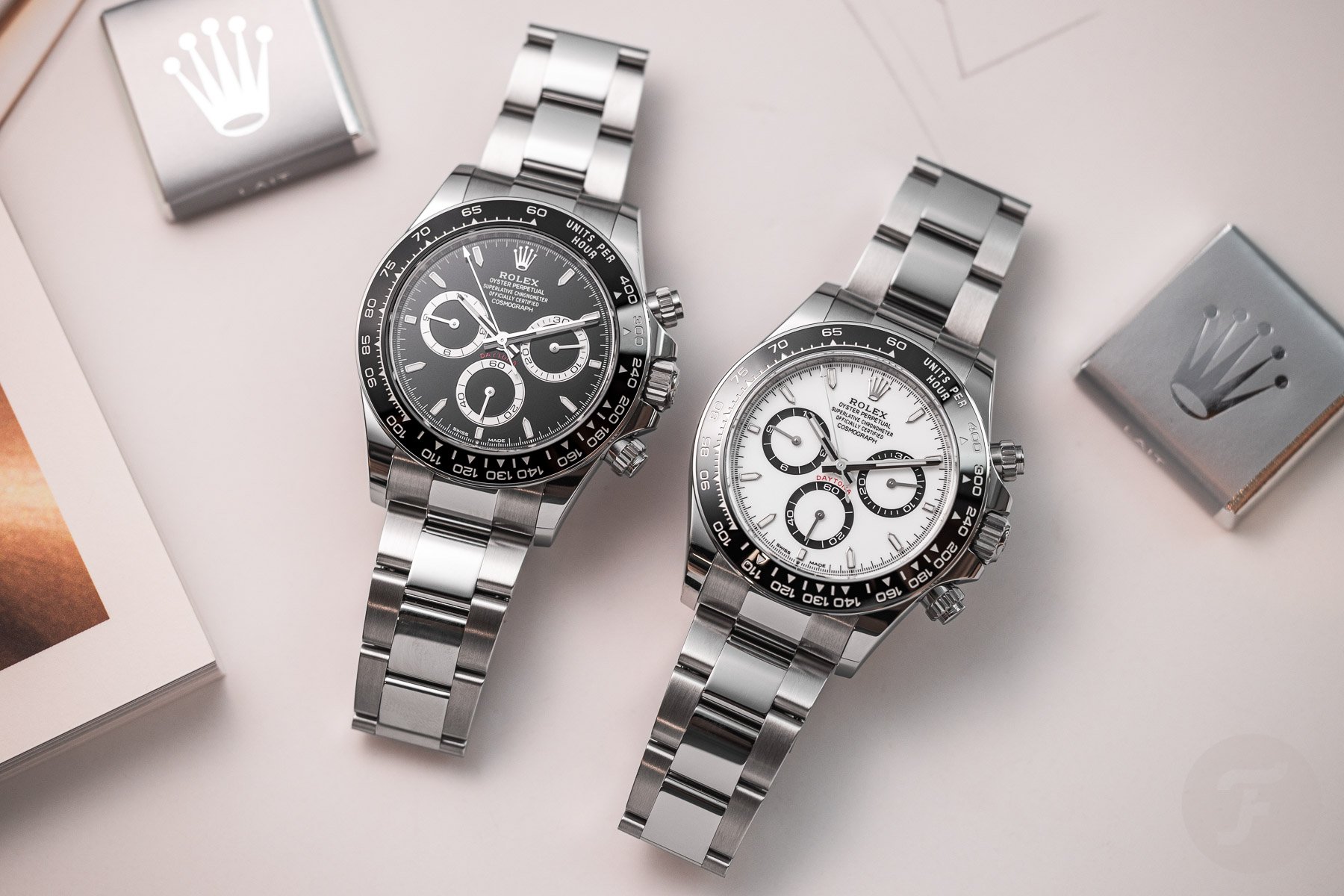
Cosmograph Daytona Ref. 126500LN
Daytona is something special. Steel Daytonas are the best watches for many, which is one of the reasons why they have been so hard to come by for so many years. Perhaps because chronographs have a special status, the price increase is also special. Last year’s steel Cosmograph Daytona Ref. 126500LN cost 15,700 euros. Rolex is currently asking 16,100 euros. Still, it’s still a bargain, as you can buy an unused Daytona 126500LN with a white or black dial for at least 26,000 euros on Chrono24.
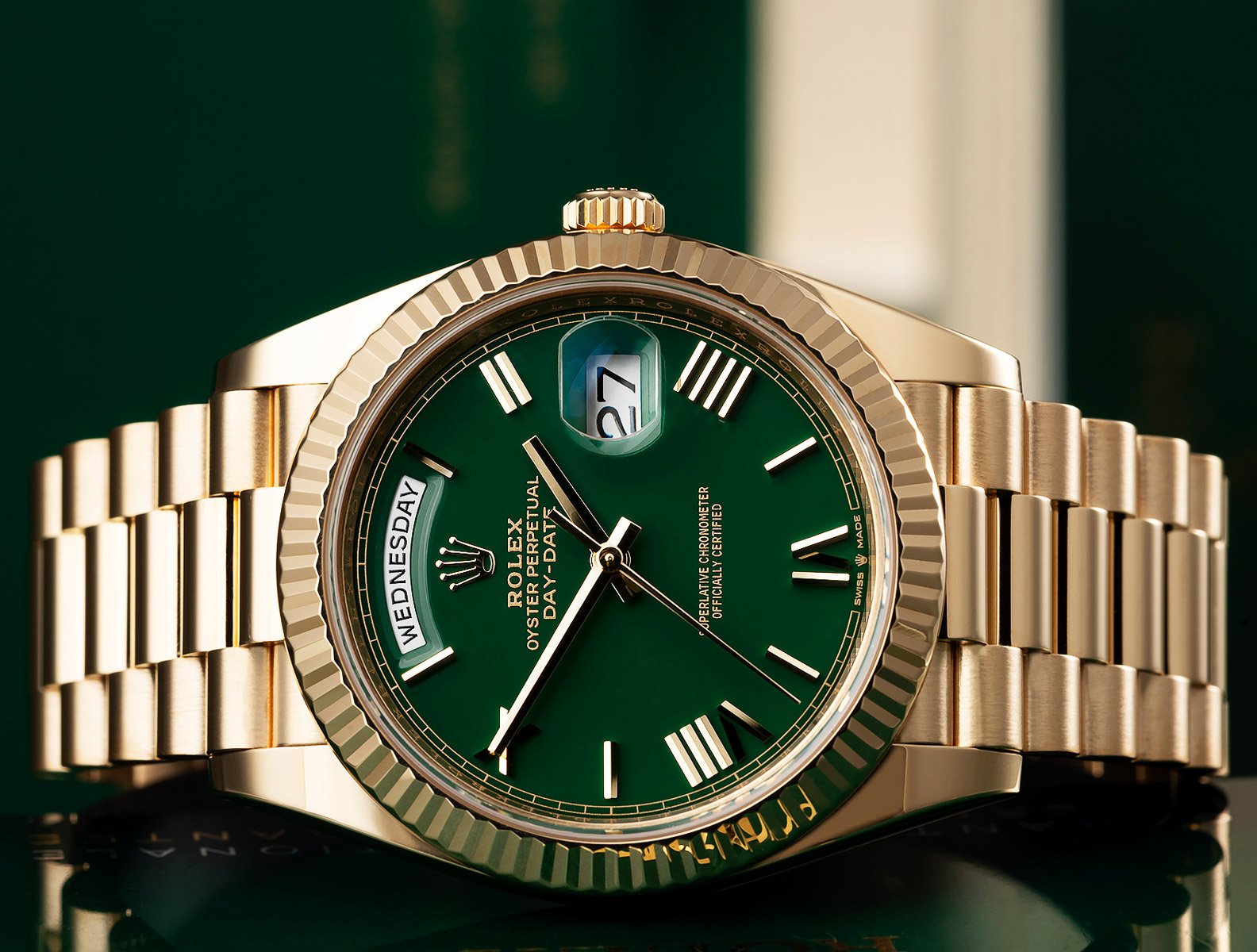
Day-Date 40 Ref. 228238 — Image: Watch Club
A brilliant first gold medal
The combination of steel and gold is “very Rolex-like.” The combination of precious and non-precious metals is probably the best choice for a Datejust. The timeless steel and yellow gold Datejust 36 Ref. 126233 has increased in price from €13,100 to €14,550. While a price increase of 1,450 euros is significant, the difference between the old and new prices becomes even greater as the amount of gold used in the watch increases. The Day-Date 40 Ref. 228238 in full yellow gold cost 41,700 euros at the end of 2024, rising to 44,600 euros in the new year. The difference is 2,900 euros or 7%. Since the Everose Rolesor or Sky-Dweller Ref. contains more gold, the Jubilee bracelet 336935, which last year had to be purchased for 55,000 euros, now costs 60,100 euros, an increase of 9% It becomes.
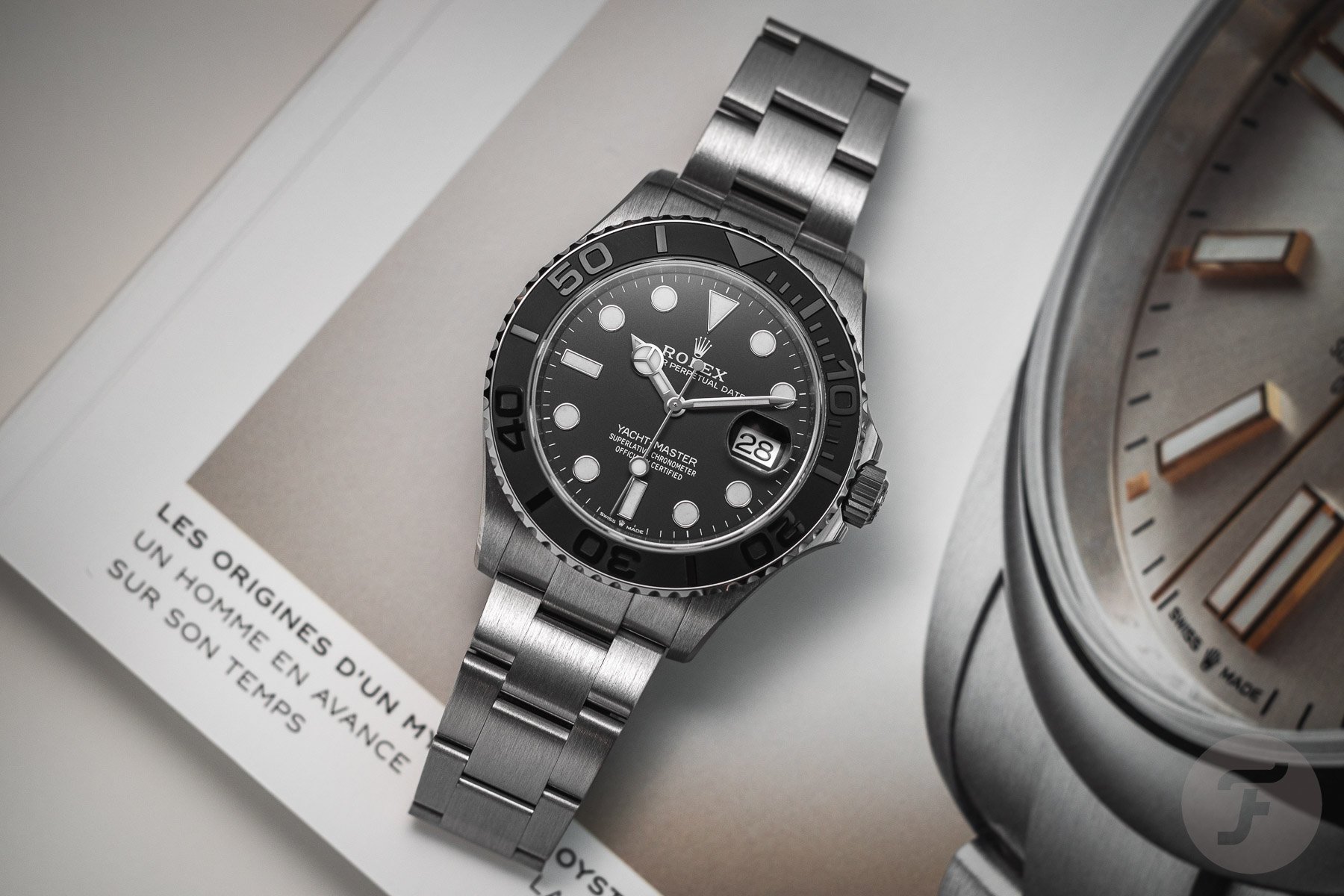
Yacht Master 42 Ref. 226627
Two “unusual” alloys
Titanium may not be exotic or rare, but for Rolex, it’s titanium. There are only two watches made of this lightweight metal in the collection, and only one can be worn by mortals, the Yacht-Master 42 ref. 226627. It is a rare creature and a niche item, but due to supply and demand. The balance is exquisite. On the contrary, a 2024 watch with a list price of 15,400 euros is now trading for 25,000 euros on Chrono24. This is about the same price as a steel Daytona. This year, the price of the RLX titanium monochromatic Yacht-Master 42 has increased to 16,650 euros. A price increase of 1,250 euros represents an 8% increase, which is more rapid than the price increase for some gold standards. Rolex appears to be anticipating an increase in demand for titanium, which will lead to a steady rise in prices over the next few years.
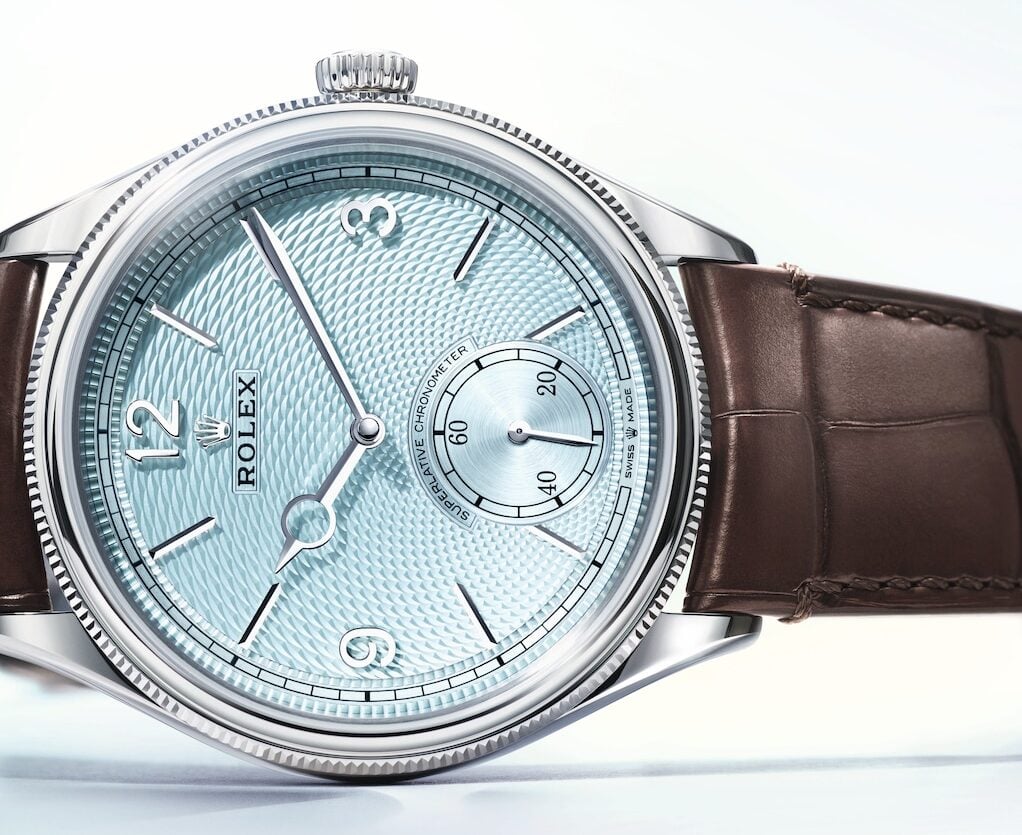
Perpetual 1908 Ref. 52506
Thankfully, 2025 is a kind year for platinum enthusiasts. The label of the Platinum Perpetual 1908 Ref. 52506 with a special light blue dial carried a price of 31,500 euros at the end of 2024. In 2025, you will need to take €31,900 to an authorized dealer.
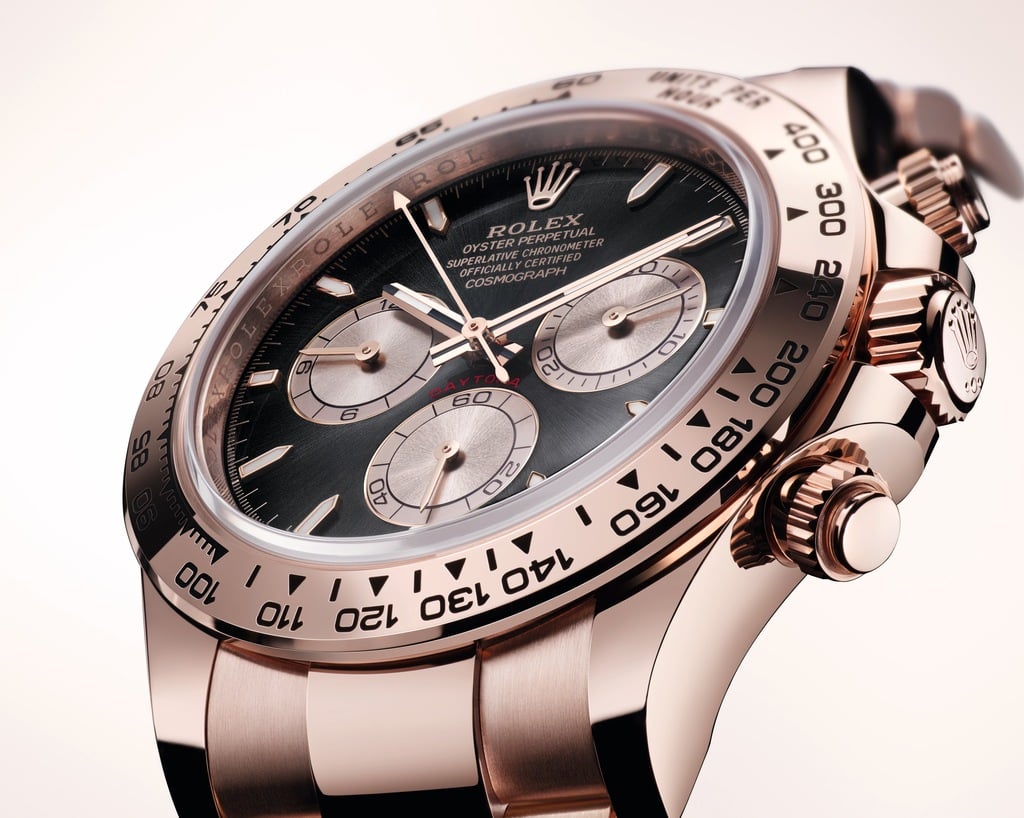
Cosmograph Daytona Ref. 126505-0001
What do you think about Rolex price increases in 2025?
On January 4, experts at New York-based CPM Group predicted that the average price of gold will rise 13% this year to about $2,730 an ounce. This is not surprising as gold prices have been rising rapidly since mid-2019. For example, as of November 2024, the average price of gold was $2,370 per ounce, 21.4% higher than the 2023 average of $1,952. From this perspective, the yellow gold Daytona’s 14% price increase is in accordance with experts’ predictions regarding the gold market. Rolex’s price hikes are being implemented to keep profit margins at the same level in a world where some of the raw materials used to make watches are becoming more expensive. If the prices of these materials continue to rise and the calculated margins are squeezed, a second price increase may occur. Being forewarned means being forearmed.
Inflating prices is not part of the strategy Patek Philippe once used to calm the Nautilus judge storm. 5711 has arrived. Setting an artificially high price makes the watch less appealing. Well, that was the idea, anyway. This is a perfect example of a plan that backfired. For example, if Rolex had adopted its pricing strategy to ease demand for steel Daytonas, the retail price would have jumped 30% from €15,700 to €20,410 instead of €16,100.
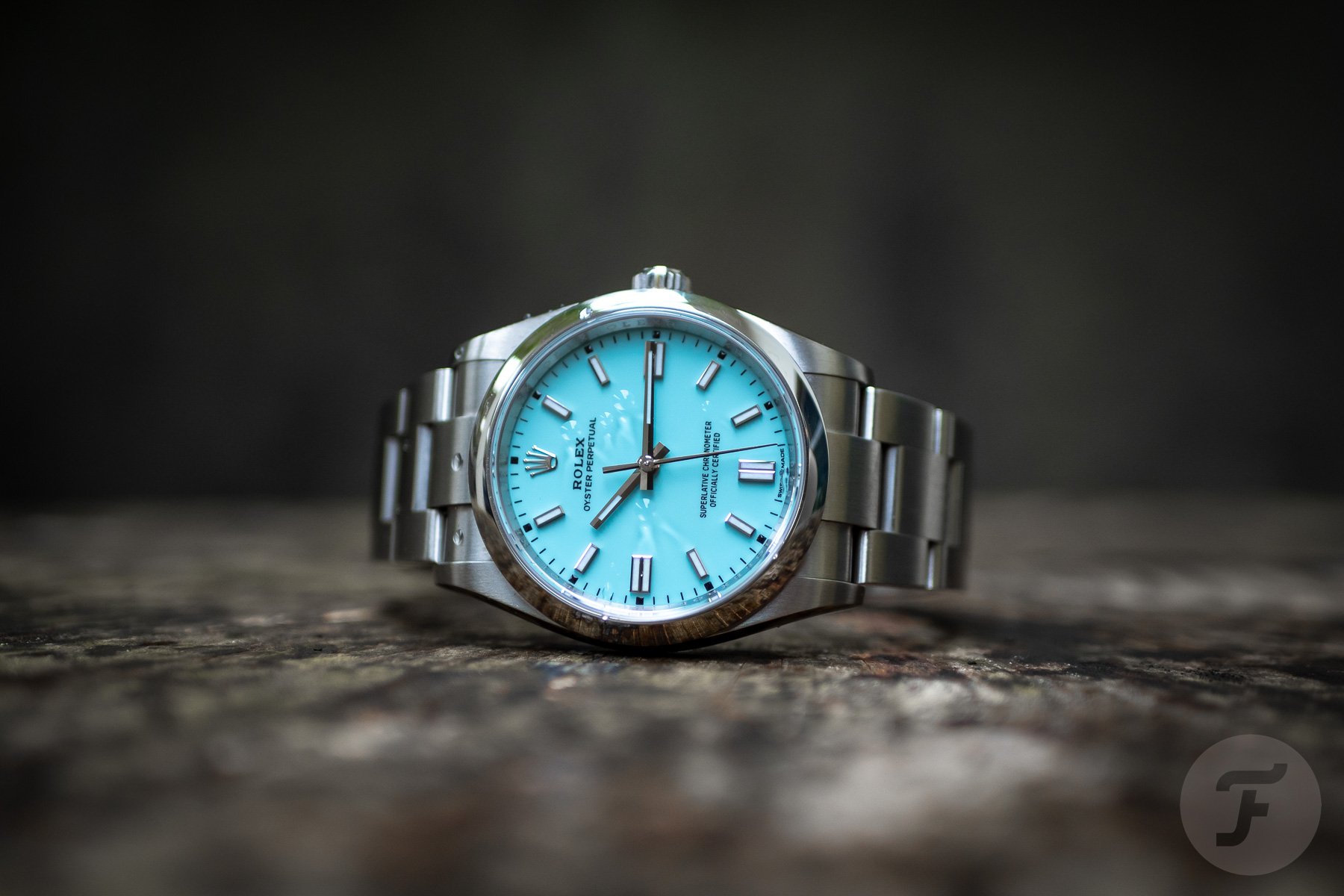
Oyster Perpetual 36 Ref. 126000
Will Rolex price increases have an impact?
What effect will a Rolex price increase have on the market?The point of a price increase is that it has no effect on Rolex. But how will the market react? I don’t think it’s that shocking. If I paid €6,300 for a Steel Oyster Perpetual 36 last year, I don’t think I would be intimidated by the extra €100 I have to pay now. And that goes for the gold Daytona, whose price has increased by 30%. If you were looking to buy such a watch, you would probably hold off only if you had to put in a lot of effort to scrape together the asking price of 48,800 euros. However, the reality changes at higher price points.
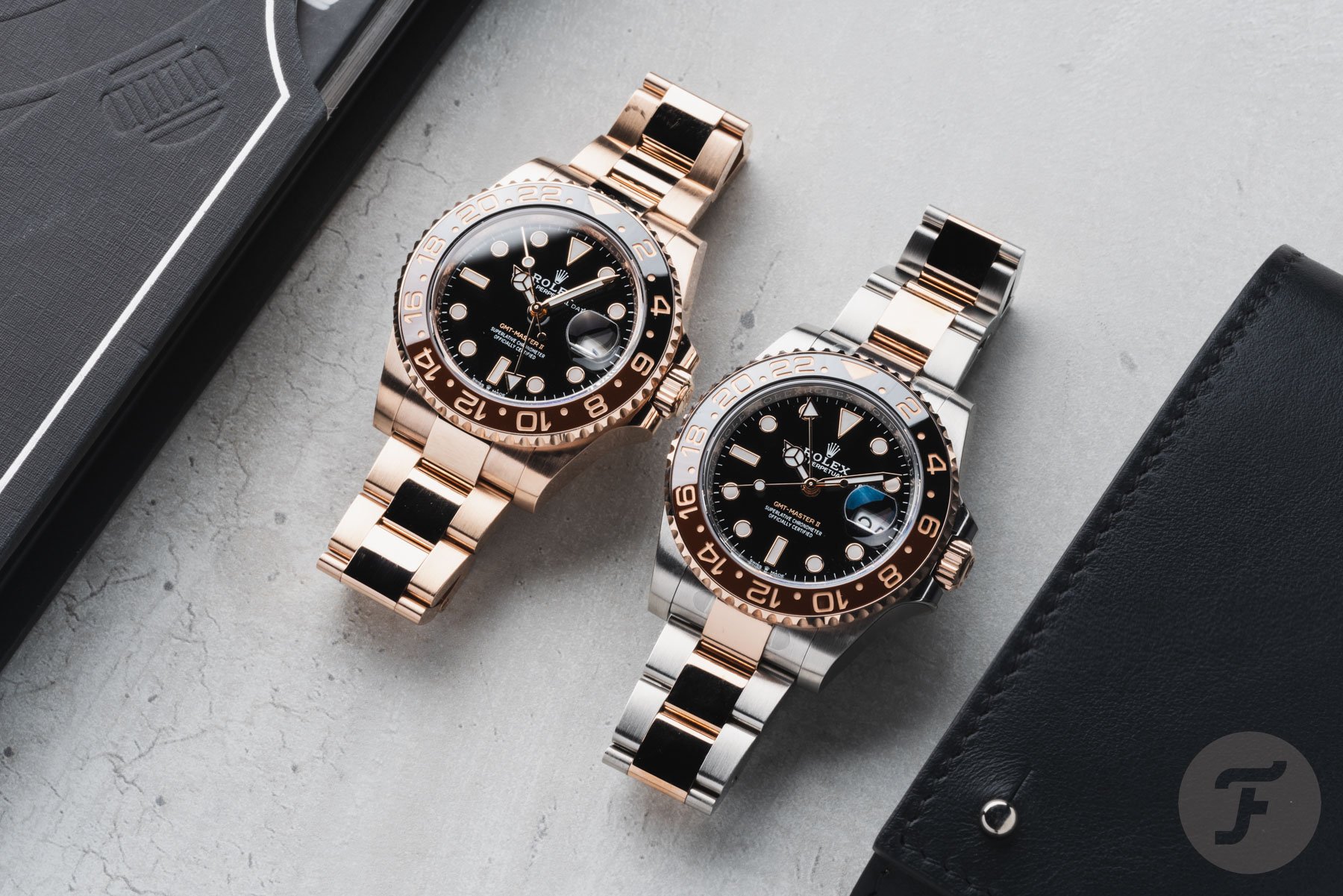
GMT Master II Reference 126711CHNR and 126715CHNR
To summarize with an extreme example
Let me give you an extreme example. When Meta CEO Mark Zuckerberg announced that he was ending fact-checking and replacing it with a community-driven system, he was wearing a $900,000 Greubel Forsey Hand Made 1 watch. Zuckerberg is currently worth $209 billion, which equates to an annual income of about $8.36 billion using a safe withdrawal rate of 4%. The average income for Americans is $59,200 per year. This means that $1 to the average American is $0.000007 to Mark Zuckerberg. So to him, the Greubel Forsey is a $6 watch. However, since this article is about Rolex, let’s do the math with a full gold Daytona. Well, that watch has fallen below $1 to $0.34.
Although less extreme, this is also true for most people in the market for a full gold Rolex. It can handle a 14% price increase. They will accept this price increase, but it will not change their perception of the brand. They accept that in a world of uncertainty, nothing is certain except death, taxes, and the annual rise in the price of Rolexes.
![[F]Rolex to raise prices towards 2025 [f]rolex To Raise Prices Towards 2025](https://bellamywatches.com/wp-content/uploads/2025/01/FRolex-to-raise-prices-towards-2025-768x512.jpg)